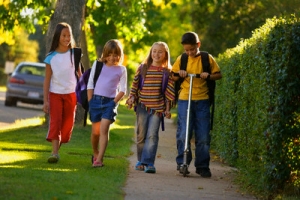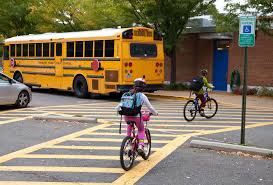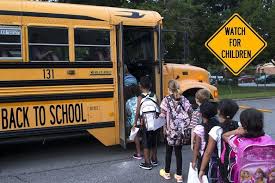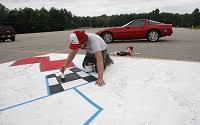
(BEDFORD) – On the travel between school and home, about 150,000 students suffer injuries every year.

Judy Macy of State Farm asks before the first-day school bell rings for North Lawrence Community Schools on Tuesday, August 9, discuss these tips to help keep your child safe on his or her route.

If your child walks
- Map out a safe route on sidewalks and across crosswalks.
- Practice walking the route with your child well before the first day of school. Talk about traffic and crosswalks — looking both ways and making sure a car comes to a full stop, for example.
- Find schoolmates who live along the way and want to walk, too.
- Outfit your child with helpful safety gear, including reflective tape on backpacks, jackets or shoes.
- Stress that phones should be put away, and eyes forward and alert.

If your child bikes
- Find the safest route possible on well-lit streets with minimal traffic.
- Invest in safety gear, including bike lights and a properly fitting helmet.
- Discuss traffic rules and bike signaling.

If your child takes the bus
- Introduce yourself and your child to the bus driver.
- Review bus stop rules such as waiting away from the road and always crossing in front of the bus, not behind.
- Remind kids to sit quietly while the bus is in motion and follow any additional rules the bus driver has.
- Go over what stop to get off at, along with what to do if your child accidentally gets off at the wrong stop.

If your child drives
- Establish safe routes to and from school, and have your child practice driving the route with a licensed adult.
- Prohibit smartphone use and driving, which is now illegal in many states.
- Understand the state laws for teen driving such as passenger restrictions.

While at school
- Talk about playground safety rules, for example, making sure equipment is dry and taking turns.
- Help kids identify a specific adult to ask for help if they feel unsafe or have a difficult interaction with another child.
- Work with younger kids to help them memorize your contact information, specifically phone numbers of parents, other caregivers, and emergency contacts.



